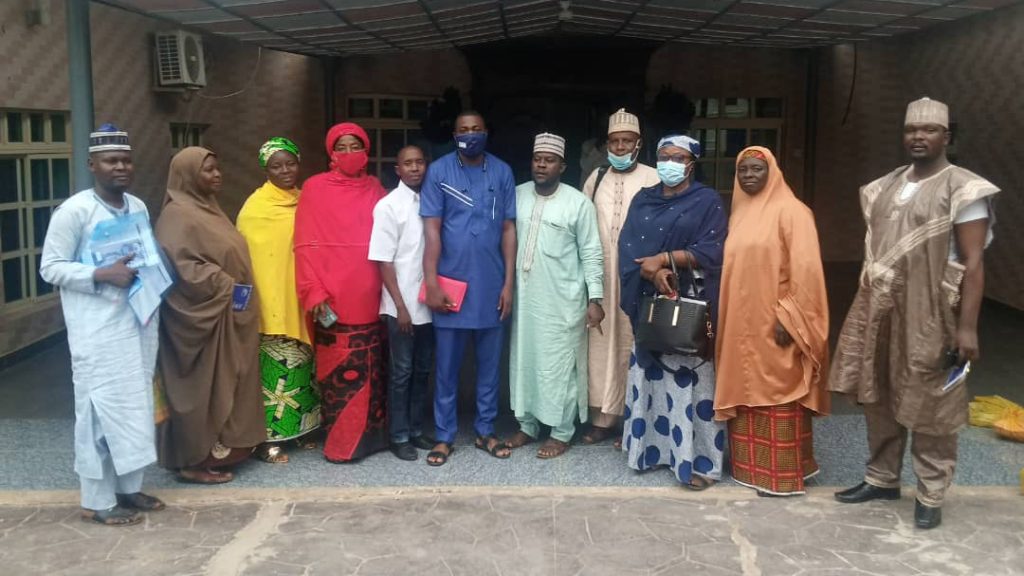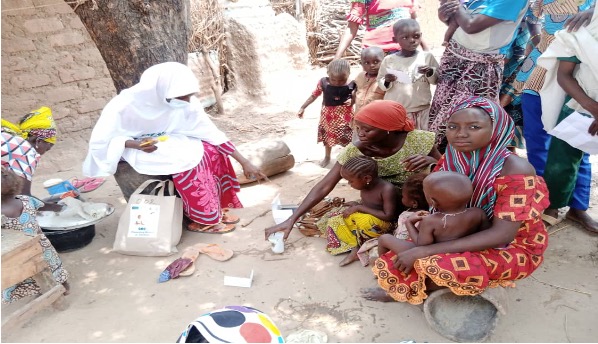Results
Potential Areas of Collaborative Planning of Malaria Interventions
A process evaluation of potential areas of collaborative planning of malaria interventions in Nigeria
Results
The study established the feasibility of full/partial integrated insecticide-treated nets (ITN) and seasonal malaria chemoprevention (SMC) campaign planning processes in different settings. Collaborative planning approaches and structures were identified, as well as challenges (see below).
Integration of ITN and SMC was perceived to be effective by local, state and national-level actors in malaria elimination in pre-planning, planning, and some key activities in the implementation phase. Research participants highlighted potential areas where ITN and SMC could be integrated, such as:
- Collaborative pre-planning of key activities. These activities include macro quantification of commodities, placement of orders for ITNs and SMC medicine (SPAQ), warehouse assessment, state engagement, and high-level advocacy visits.
- Collaboration during the planning phase. Activities include micro-planning, assessments including geo-coordinates of storage locations and health facility, and use of technology.
- Co-implementation of ITN and SMC medicine (SPAQ). Examples include training, “flag-off” (the beginning of the distribution; intended to mobilize the population to participate), door-to-door distribution of ITNs and SPAQ, monitoring and supervision.


Key Findings

Integration is possible and can be seamlessly implemented if good collaborative pre-planning and planning activities are carried out.
The process may lead to strong or improved outcomes for ITN and SMC coverage and use, following integration in collaborative planning and effective utilization of resources (material, human and finance).
Collaborative planning can bring about an increase in collective demand for both ITN and SMC campaign commodities. Integration creates a positive psychological feeling for the double benefits of receiving both commodities at the same time.
Challenges
Despite the favorable attitudes toward integrating ITN and SMC, several challenges were identified, with strategies to mitigate them.
Challenges Faced
- Confusion over the concept of integration
- Inadequate federal, state and LGA government funding, leading to over-dependence of donors
- Health interventions happening at the same time using same pool of personnel at the sub-national level may affect the quality of the campaign
- Insecurity and communal clashes across regions in Nigeria
- Uncertainty of shipping/QA duration for insecticide-treated nets (ITNs)
- Rigid SPAQ administration schedule as against allowance of flexibility for ITN distribution. (SPAQ is the drug used for seasonal preventive treatment.)
- Different target groups for the interventions, leading to longer time spent in the household and remuneration
Mitigation
- Sensitization of all key players in campaigns on the benefits of integration
- High-level advocacy visit to political leaders at all levels for their buy-in, counterpart fund and fund releases for key campaign activities
- Early development and approved campaign timelines at the sub-national level
- Notification of relevant security agents on campaign
- Alignment of personnel renumeration and campaign days
- Development of integrated national campaign guideline
- Secure ownership of the integration process by the SMOH (state ministry of health)
